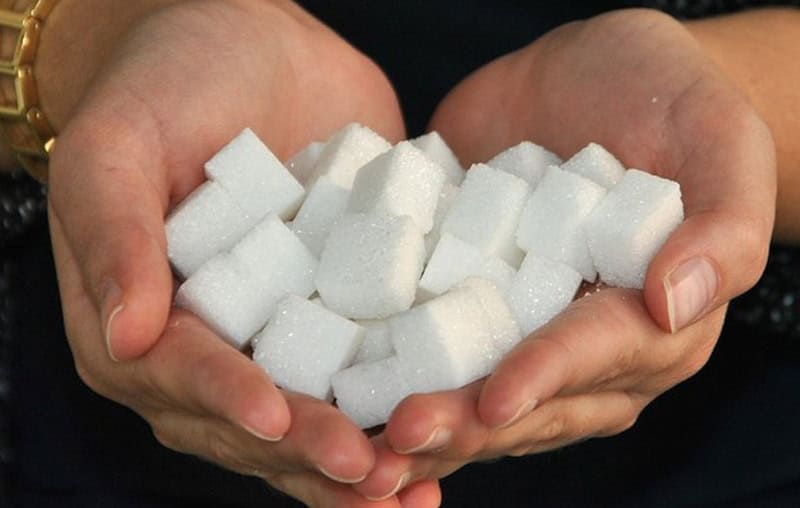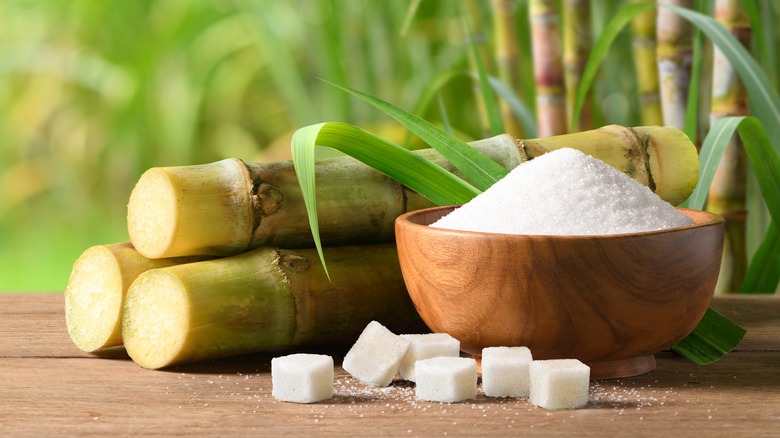The difference between beet sugar vs cane sugar extends beyond flavor to how they are harvested.
Discover the Uses and Advantages of Beet Sugar Vs Cane Sugar in Your Daily Diet Regimen
Checking out the distinct high qualities of beet and cane sugar reveals even more than simply their sweetening abilities; it highlights their one-of-a-kind effects on wellness and culinary arts. Beet sugar, known for its refined flavor, is usually favored in fragile treats, whereas cane sugar, with its hint of molasses, adds splendor to durable recipes. Each type holds its own dietary account and glycemic ramifications, inviting a deeper understanding of their duties in a balanced diet plan and sustainable usage methods.
Origin and Production Processes of Beet and Cane Sugar

The distinct climates and dirt kinds needed for growing sugar beetroots and sugarcane add to differences in their growing techniques and geographical distribution, influencing the economics and sustainability of their production. beet sugar vs cane sugar.
Nutritional Contrast In Between Beet Sugar and Cane Sugar
Despite stemming from different plants, beet sugar and cane sugar are nutritionally extremely comparable, both mostly containing sucrose. Each provides concerning 4 calories per gram, equating to about 16 calories per tsp. Structurally, both sugars are made up of about 99.95% sucrose, with marginal quantities of various other materials like moisture and trace minerals, which do not dramatically alter their nutritional profiles.

Eventually, when selecting in between beet sugar and cane sugar based upon dietary web content alone, both offer the same advantages and disadvantages as they are basically kinds of the same molecule-- sucrose, supplying quick energy without other nutrients.
Influence on Wellness: Glycemic Index and Caloric Material
Discovering additionally into the results of beet sugar and cane sugar on health and wellness, it is important to consider their glycemic index and caloric content. The glycemic index (GI) of both beet and cane sugar is around 65, classifying them as high-GI foods, which can trigger fast spikes in blood glucose degrees.
Each kind of sugar contains around 4 calories per gram, making their Our site calorie material matching. For those checking caloric consumption, particularly when taking care of weight or metabolic health and wellness problems, comprehending this equivalence is essential (beet sugar vs cane sugar). Too much consumption of any type of high-calorie, high-GI food can contribute to wellness issues such as weight problems, heart disease, and insulin resistance.
Environmental and Economic Considerations of Sugar Manufacturing
Beyond health effects, the manufacturing of beet and cane sugar also increases considerable environmental and economic worries. Sugar beet farming tends to need cooler environments and has a reduced geographical footprint compared to sugar cane, which grows in tropical areas. Nonetheless, both crops are intensive in terms of water usage and land line of work, possibly resulting in logging and water shortage. Financially, the international sugar market is very volatile, affected by changes in worldwide trade policies and subsidies. Lots of nations incentivize sugar manufacturing via economic assistance, skewing market value and influencing small Discover More farmers adversely.
Additionally, the use of pesticides and plant foods in both beet and cane sugar farming can bring about dirt deterioration and contamination, additional affecting biodiversity and local water bodies (beet sugar vs cane sugar). The selection in between growing sugar beet or cane often rests on neighborhood ecological conditions and economic factors, making the sustainability of sugar manufacturing an intricate issue
Culinary Applications and Flavor Distinctions
While the ecological and economic aspects of sugar manufacturing are without a doubt considerable, the choice in between beet and cane sugar additionally influences cooking applications and taste profiles. Beet sugar, derived from the sugar beet plant, is recognized for its extremely neutral taste. This makes it a versatile active ingredient in cooking, where it does not alter webpage the taste of other components. It liquifies rapidly and is perfect for usage in cakes, cookies, and pastries.
Walking stick sugar, removed from sugarcane, commonly keeps molasses traces, which present a distinct splendor and depth. This mild molasses flavor boosts the complexity of baked products, sauces, and marinades. It is especially preferred in items where a sugar undertone is wanted, such as in brownies or gingerbread. Moreover, the minor variant in moisture material in between beet and cane sugar can affect the structure and uniformity of dishes, making cane sugar a recommended option for specific recipes that profit from its unique buildings.

Conclusion
To conclude, both beet and cane sugar have distinctive beginnings and manufacturing processes, providing similar dietary accounts with minor differences in sodium content and flavor. While their impact on health, particularly pertaining to glycemic index and calories, is equivalent, the option between them often steams down to ecological, economic factors, and details cooking requirements. Understanding these facets can lead consumers in making informed choices that line up with their health goals and flavor choices.